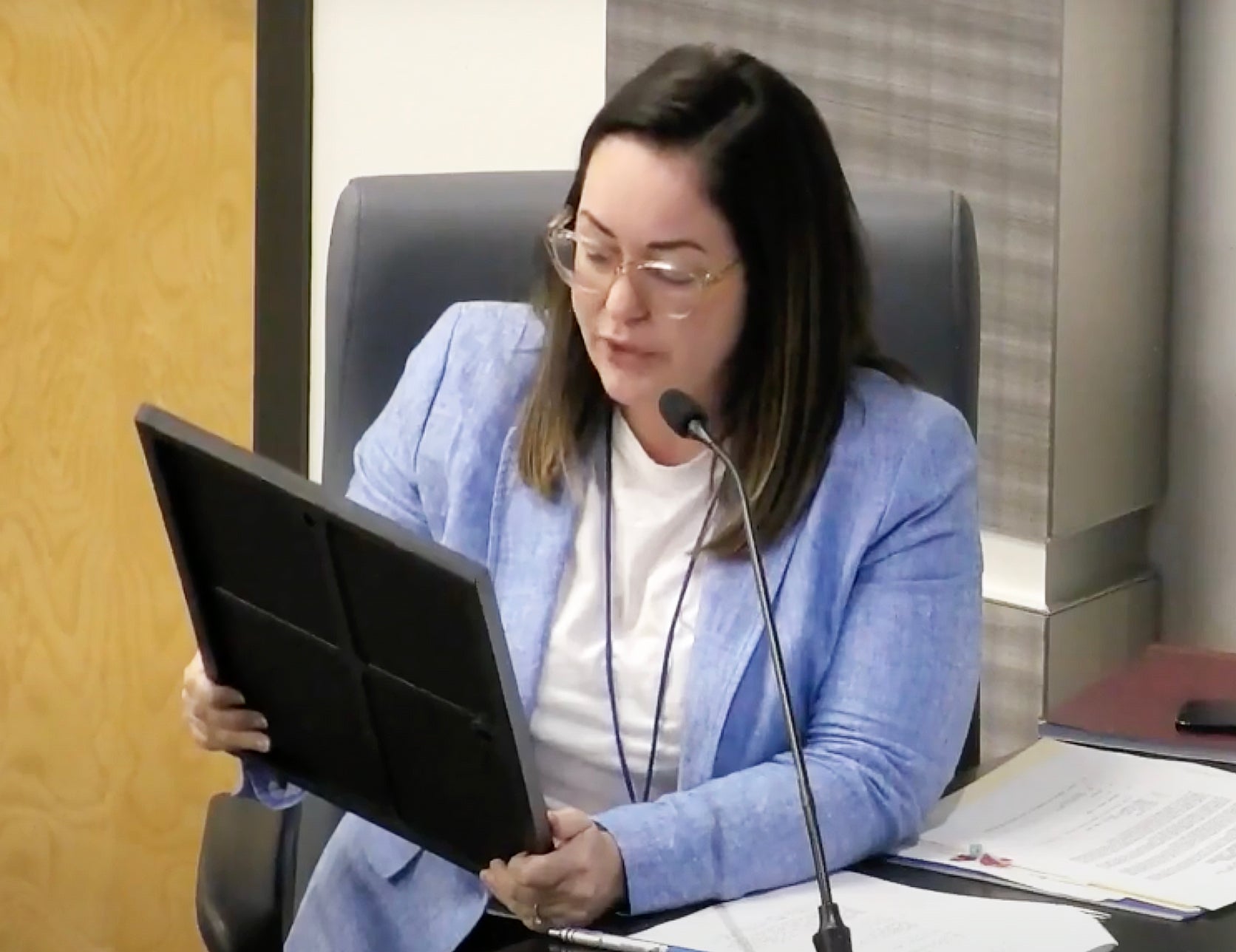210th anniversary of ‘America’s First Freedom March’ recognized
Published 12:00 am Wednesday, February 10, 2021
|
Getting your Trinity Audio player ready...
|
DESTREHAN — The Louisiana’s River Parish Tourist Commission commemorated the 210th anniversary of the 1811 Slave Revolt at Destrehan Plantation, where tribunals took place in the aftermath of the freedom march.
The unveiling of a permanent exhibit at Destrehan Plantation is part of the new 10-mile 1811 Slave Revolt Trail, which begins at the 1811/Kid Ory Historic House on Highway 628 in LaPlace.
Described as “America’s First Freedom March,” the 1811 Slave Revolt Trail acknowledges the bravery of the 200 to 500 enslaved people who took a stand for equality amid social oppression. Inspired by a successful revolt in Haiti, the insurgents marched toward New Orleans to set up their own free nation.
To view the timeline of events and track the route the insurrectionists took along the Great River Road, visit www.the1811slaverevolt.com. An 11-minute audio tour is also available on the website for those taking the journey.
While not part of the historic trail, participants can find extended experiences at Whitney Plantation in Wallace and the Historic Riverlands Christian Center in Reserve.
Buddy Boe, Garrett Monti and Elizabeth Joseph of Louisiana’s River Parishes Tourist Commission joined St. John the Baptist Parish President Jaclyn Hotard, St. Charles Parish President Matt Jewell and tourism partners from across the region to commemorate the 210th anniversary.
Monti said the 1811 Slave Revolt Trail has been in the works for more than a year. According to Monti, the River Parishes Tourist Commission felt it was imperative to immortalize the freedom fighters’ contributions and educate all who live or study in the region. He added that tourism in the River Parishes is driven not only by food and attractions, but also the rich history of the area.
“This is undoubtedly America’s darkest chapter, but all of our stories must be told,” Monti said.
Commissioner Joseph said the 1811 Slave Revolt Trail will provide a much needed economic and tourism boost for the region. Meanwhile, Rita Perrilloux of Historic Riverlands Christian Center reminded all that the events of the revolt helped shape life as we know it today.
“It’s very important for our generation to know we are not the descendants of slaves. We are the descendants of people who were enslaved and fought for their freedom since 1811 to today,” Perrilloux said. “The position I stand in today is a result of their resistance.”
Charlotte Jones, tour guide for the new 1811/Kid Ory Historic House museum in LaPlace, said trails, traces and roots play an interesting role in history. Geographical pathways such as the Mississippi River can dictate roads and townships. Trails can be deeply personal and trace the darkest parts of humankind, such as the Trans-Atlantic Slave Trade or the Trail of Tears. Jones described the 1811 Slave Revolt Trail is a trail of liberation.
Parish President Jaclyn Hotard said St. John is proud to play a part in the 1811 Slave Revolt Trail, which provides both an economic tourism boost and much needed attention to history for generations to come.
“Today and every day, we should remember the courageous men and women who sacrificed their lives during the 1811 Slave Revolt in hopes of providing a better life for their families and a better future for those that would follow,” Hotard said.
She is encouraged that the future is moving in a brighter direction, and she reminded community members to always be kind.
“We all bleed the same, and we should love each other and treat each others in that same manner,” Hotard said.
St. Charles Parish President Matt Jewell found inspiration in a line from former President John F. Kennedy’s nation of immigrants speech: “Perhaps our brightest hope for the future lies in our lessons from the past.”
“Remembering our history and where we come from as a people in our nation is essential for securing our future,” Jewell said. “Our collective differences and experiences create our history, and by reflecting on what once was, we gain a better understanding of the world around us.”
For more information, visit The1811SlaveRevolt.com.






